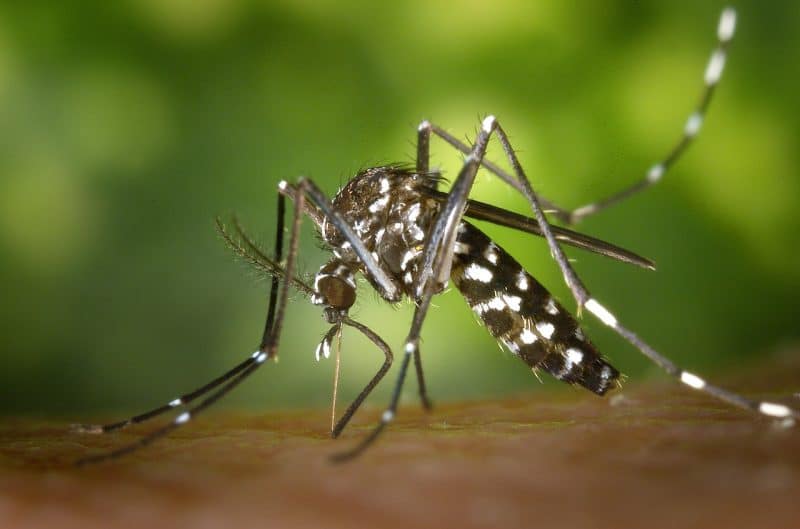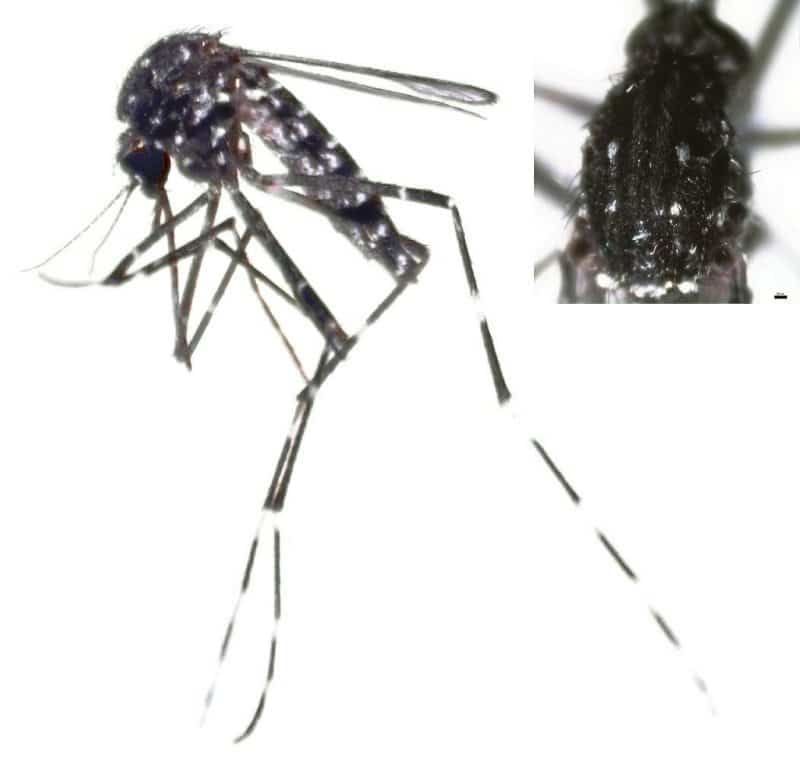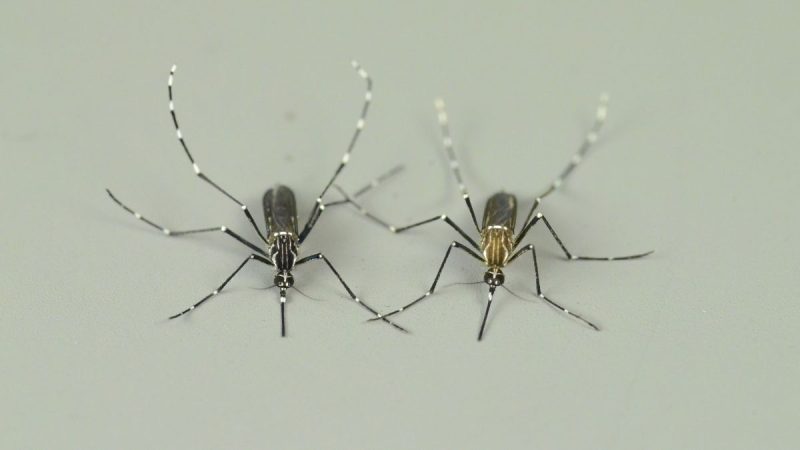A new mosquito intruder was caught in Guantanamo Bay, Cuba. The U.S. naval base found the intruder in a trap. Many prisoners try to break out but this situation was unusual. It was also the first time anyone has ever seen anything like this intruder.
Dengue Threat

This mosquito-borne disease is a growing issue in Cuba and other tropical countries. It causes muscle and joint pains. It also brings petechial rashes and a high fever. Severe cases result in death. Cuba treats dengue as a national priority. The huge epidemic in 1981 brought about the deployment of an intensive program. But cases of imported outbreaks have been frequent since then. Dengue is now an endemic illness in Cuba.
The Description
There are unique descriptions for this mosquito. There was a dark proboscis with a sprinkle of yellowish scales on the middle part. The mostly dark wings have narrow veins. The abdomen has a large, white spot in the middle.
Identifying the Intruder
The new mosquito is Aedes vittatus. This is a new addition to the 3,500 species of mosquito around the world. It is now an additional dangerous new mosquito in North America that transmits pathogens to humans. This species can carry all of the most life-threatening mosquito-borne illnesses. It just doesn’t carry malaria.

Aedes vittatus is endemic o the Indian subcontinent. It has never been spotted in the western hemisphere before until now. This mosquito is a proven transmitter of Zika, dengue, yellow fever, chikungunya, and other ailments.
Studies show that this new mosquito was first described as Culex vittatus in 1861. It was also detected in Spain in the 1970s. Then, it traveled to Central America and the Caribbean. It then reached eastern Cuba.
The Sterile Insect Technique (SIT) for the New Mosquito
Cuba has a plant to battle the spread of dengue. The sterile insect technique uses technology and expertise from the International Atomic Energy Agency. This is not a new method. It has been used to tackle the various insect-borne diseases in the different regions around the world.
SIT uses nuclear technology. It renders insects sterile by irradiating them before they are released again. When these mosquitoes return to the wild, the mosquitoes will not be able to multiply anymore. The pilot trial was set in the Havana neighborhood. It was used on Aedes aegypti back in 2021. The technique resulted in a reduction of the mosquito population in the area.
Environmentally Friendly Option

STI was first developed in the U.S. at least 60 years ago. This technique was used to control the population of many insect species. It then reduced the use of pesticides. It is a species-specific form of mosquito population control. There are no non-native species released into the ecosystem. The threat of an invasive species taking over is not an issue at all.
This technique sterilizes the males with X-rays or gamma rays. The infective females will not be able to produce offspring anymore. This also prevents the overuse of insecticides which often leads to resistance among mosquitoes.
Dengue and other mosquito-borne diseases are debilitating and life-threatening. Countries like Cuba must find environmentally friendly solutions to decrease or eliminate old and new mosquito populations. STI is just one of the many effective ways to eradicate life-threatening mosquito-borne diseases.